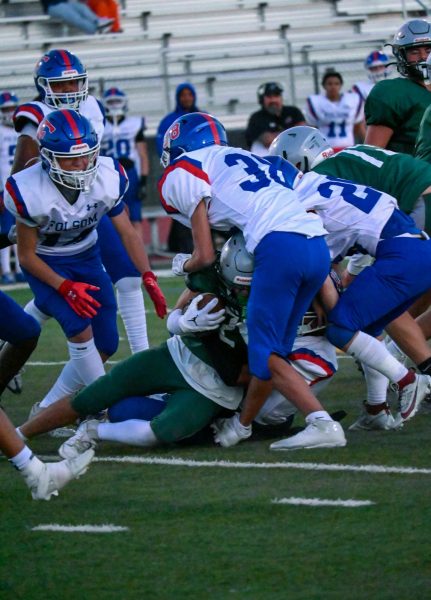Student and administration question campus drug safety
Regular substances usage amongst teenagers raises questions and concerns about the related safety user health
Special to the Gazette/GBT.org U.S. DRUG ENFORCEMENT AGENCY
Drug culture at GBHS has become a concern as easy-access drugs such as marijuana are becoming more an more normalized.
Drugs have become a rising concern among families, schools and students as new information comes to light regarding their implications on younger people.
Harmful substances have always been a problem, but this issue is gaining traction as better understanding regarding the implications of drugs on young people becomes more available.
According to a study conducted and published in the Archives of General Psychiatry, nearly 81 percent of teenagers have been around dangerous substances.
“It is definitely very widespread,” senior Max Ernst said. “There’s definitely a lot of people doing (drugs).”
Students aren’t the only ones noticing the widespread use of drugs. Teachers at Granite Bay High have first-hand experience dealing with the repercussions of drug use among students while in school.
According to photography and art teacher Amelie Rider, students have used substances knowingly in her classes.
“I think there is a population of students at this school who regularly (use) marijuana,” Rider said.
Ultimately, initial use can turn into regular use, and GBHS administrators realize that teens can suffer long-term consequences when using drugs regularly.
“Students aren’t learning if intoxicated – the brain is affected in its development, processing and memory,” assistant principal Greg Sloan said. “Long-term effects include addiction and health, financial, legal (and) social consequences.”
Some students said they believe the immediate problem at GBHS isn’t about the long-term effects of drugs but the increasing exposure and availability to the younger population.
“(GBHS) does not have a hard-drug problem” senior Alejandro Alvarez said. “We have a problem with easy-access drugs.”
These easy-to-purchase drugs raise concerns about safety.
The belief is that when young people are on drugs, they are unable to regularly or normally control their actions, which leads to an overall inability to function.
“They are dangerous just because you don’t have control of your body entirely when you’re under the influence of anything,” Ernst said.
At the same time, many said the problem stems from a positive connotation of drugs produced by groups of people who take drugs – and who encourage others to do the same.
“Some kids do it because other kids do it, and it’s peer pressure,” freshman Schyler DiGiulio said. “It’s that whole thing about trying to be cool and everybody else is doing it so ‘I’ll try it too,’ and then it becomes a bigger (deal).”
GBHS is adapting to better understand and address the issue of substance abuse. School leaders hope to better educate staff to recognize the signs of drug use, and how to get help for students.
“Both Granite Bay and the RJUHSD have informational nights that parents can attend to get more information,” Sloan said. “And we have had presenters at staff meetings so faculty are aware.”
Some critics say drug education efforts at GBHS are one-sided. The idea is to not only tell students not to do drugs, but rather how to approach drugs from all angles.
“GBHS does a good job in the sense that they tell people not to do drugs,” Alvarez said. “After that, GBHS does not do enough.”
Drug use is an issue that is addressed through efforts made by not only the staff at the high school, but by students as well. There is nothing glamorous about the reality of drugs.
“You don’t have to look very far or hard to see someone’s life ruined by drugs,” Sloan said. “And yet we have the false sense of cool associated with them, combined with the mentality that we’re indestructible. It makes the teen years a dangerous time.”





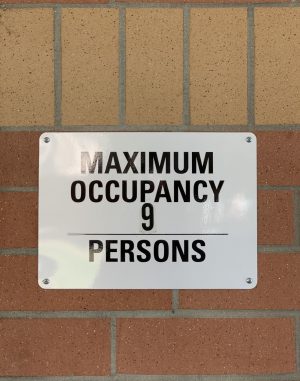
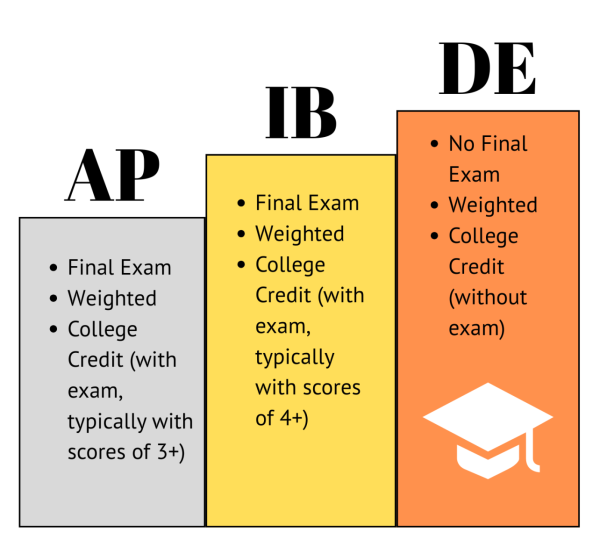
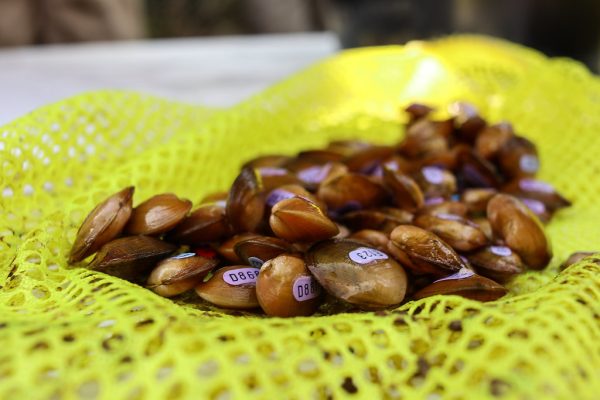


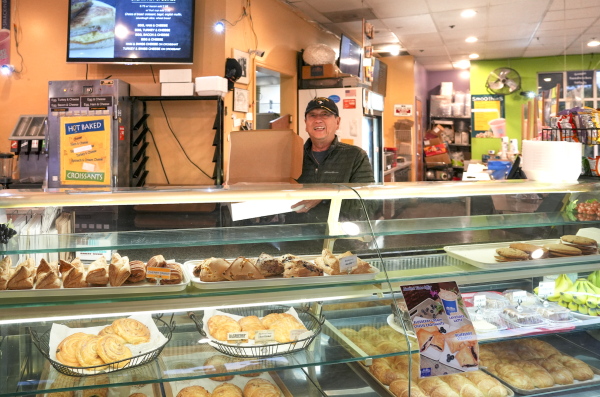
![A group photo of all students who came to STN at the first Cinefest of STN were they showed films that other schools did for some of the competitions.
"[my favorite moment was] crazy 8 or cinefest or socializing." Elliana Montez a freshman at GBHS](https://granitebaytoday.org/wp-content/uploads/2025/03/CgHlLzxuCLXTL8GUeOFSXTK2JFtSMxUFrH6bnLcM-600x450.jpg)

